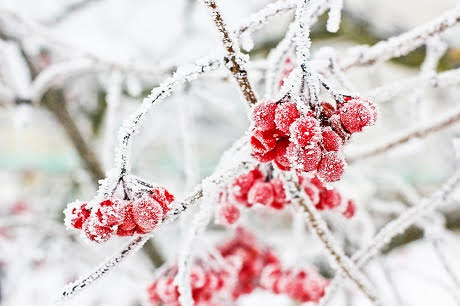
With record-setting cold temperatures recently, gardeners may be wondering how some plants survive and horticulturists with Iowa State University Extension and Outreach have explained their hardiness. They advise that timing is important as the cold hardiness of woody plants increases in the fall and reaches its maximum in mid- to late-January. Temperatures at 20 degrees below zero in late November or early March could be destructive while that same temperature in mid-winter can cause little or no harm. Trees and shrubs that are native to Iowa, or similar regions in the world, are well adapted to the climate. Some plants that may have sustained damage include Japanese maple, flowering dogwood, and Japanese flowering cherry, as their maximum cold hardiness is -20 degrees. The cold temperatures should have little impact on the flowering of crabapples, lilacs, dogwoods and spireas, and they should bloom normally this spring. Iowa gardeners should expect poor crops on peaches and sweet cherries this summer. The frigid cold likely damaged peach and sweet cherry trees. Flower buds on peach trees can be destroyed by temperatures of -18. On the other hand, perennials covered with snow should not have been harmed. Snow acts as an insulator and protects plants.

